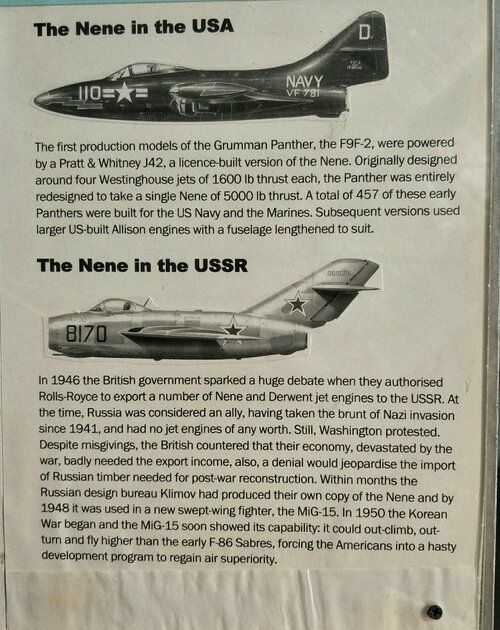Elan Vital
ACCESS: Secret
- Joined
- 6 September 2019
- Messages
- 218
- Reaction score
- 322
Hi everyone!
Over at AH.com, we have recently started a thread about minimizing the use of US equipment in European NATO after the 1957 Defense White Paper by finding existing and proto European equivalents (or proposed variants of such) that could be competitive at a relatively comparable cost/timeframe if produced in large scale.
I feel like this is the perfect kind of thread for Secret Projects Forum since finding proposed/proto European analogues of certain pieces of US equipment can be tricky with just mainstream knowledge.
I'm particularly interested in the question of finding an analogue (or the earliest replacement) to SAMs like Hawk and Sea Sparrow, a C-130 analogue (Argosy developments were suggested), and 155mm SPGs (only French solutions exist in the 50s and 60s from what I know).
What do you guys think about the current proposals in the AH.com thread, and what would you possibly add?
Over at AH.com, we have recently started a thread about minimizing the use of US equipment in European NATO after the 1957 Defense White Paper by finding existing and proto European equivalents (or proposed variants of such) that could be competitive at a relatively comparable cost/timeframe if produced in large scale.
I feel like this is the perfect kind of thread for Secret Projects Forum since finding proposed/proto European analogues of certain pieces of US equipment can be tricky with just mainstream knowledge.
I'm particularly interested in the question of finding an analogue (or the earliest replacement) to SAMs like Hawk and Sea Sparrow, a C-130 analogue (Argosy developments were suggested), and 155mm SPGs (only French solutions exist in the 50s and 60s from what I know).
AHC: no (minimised) US kit in NATO.
This is an English speaking board, and the biggest English speaking country is the US so its hardly surprising that when discussing that when discussing various countries military hardware options invariably someone suggests that said country could/should have gotten this or that piece of US...
www.alternatehistory.com
What do you guys think about the current proposals in the AH.com thread, and what would you possibly add?

